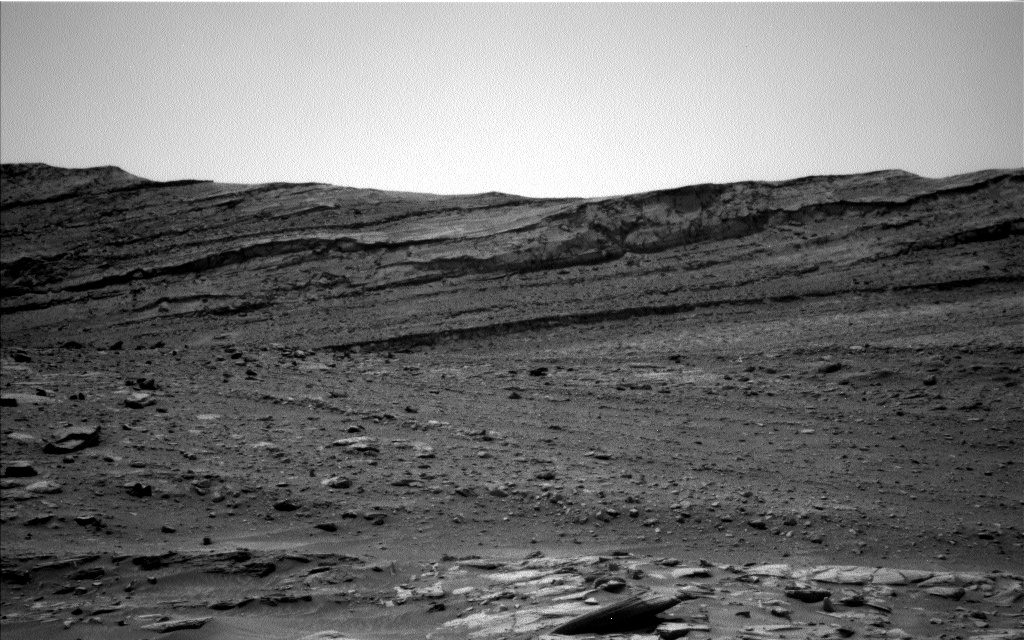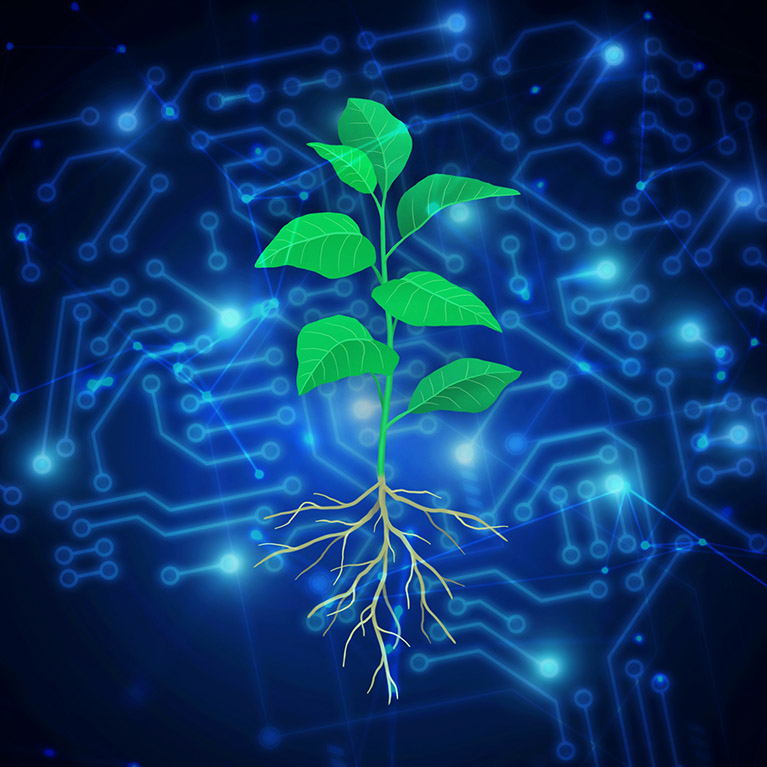SCIENCE
News in English

SUE is described as one of the most complete, 90 percent. It is currently at the Field Museum of Natural History in Chicago, Illinois. On Facebook, the Science Center teased the dinosaur would be coming soon with an acronym of its nickname SUE.
#SCIENCE #English #US
Read more at First Alert 4
#SCIENCE #English #US
Read more at First Alert 4
A new paper from UC Santa Barbara presents an account of what drives the migration rates of meandering rivers. They compiled a global dataset of these waterways, analyzing how vegetation and sediment load effect channel movement. The results contrast with previous work that emphasized the stabilizing effect of vegetation. Scientists have proposed various hypotheses as to which factor exerts stronger influence on meander migration.
#SCIENCE #English #GB
Read more at EurekAlert
#SCIENCE #English #GB
Read more at EurekAlert

Five University of Illinois Urbana-Champaign faculty members have been elected members of the American Academy of Arts and Sciences. Founded in 1780, the academy recognizes scientists, artists, scholars and leaders who have distinguished themselves in the public, private and nonprofit sectors. Nancy M. Amato, Abel Bliss Professor of Engineering and department head of computer science, works at the intersection of robotics, parallel and distributed computing, computational geometry and biology.
#SCIENCE #English #GB
Read more at University of Illinois Urbana-Champaign
#SCIENCE #English #GB
Read more at University of Illinois Urbana-Champaign

Students and staff at Wellington College in the south of the city were evacuated for a short time on Wednesday while a controlled explosion was carried out. The school said they alerted the authorities after a change in the composition of a chemical used for A-level experiments was noted.
#SCIENCE #English #GB
Read more at Irish Examiner
#SCIENCE #English #GB
Read more at Irish Examiner

Geology and minerology science theme group (GEO) can save our observations for the ‘untargeted’ portion of the plan. On the dusty side of things, we have another tau as well as a line of sight scan towards the crater rim.
#SCIENCE #English #SG
Read more at Science@NASA
#SCIENCE #English #SG
Read more at Science@NASA

Denise Moreno-Ramrez, growing up in Nogales, Arizona, faced unrecognized health crises in her community. Her PhD project collected firsthand accounts from locals, enhancing scientific data with personal stories and emphasizing overlooked community histories. This approach reclaims the value of oral histories in scientific research.
#SCIENCE #English #PH
Read more at Environmental Health News
#SCIENCE #English #PH
Read more at Environmental Health News

The American Academy of Arts and Sciences has elected three faculty as 2024 fellows: Glennys R. Farrar, a professor in the Department of Physics. André A. Fenton, professor and chair of the Center for Neural Science, and Rachel L. Swarns. She is a contributing writer for the New York Times whose research focuses on slavery and its legacies.
#SCIENCE #English #NG
Read more at NYU
#SCIENCE #English #NG
Read more at NYU

Susan Cutter, director of the Hazards Vulnerability and Resilience Institute at the University of South Carolina, has been elected to the prestigious American Academy of Arts and Sciences. Cutter is a leading expert on hazards, risks and disasters. She has led field teams to study long-term recovery from Hurricane Katrina (Gulf Coast, 2005), Hurricane Sandy (Mid-Atlantic, 2012), the South Carolina floods in October 2015.
#SCIENCE #English #NG
Read more at University of South Carolina
#SCIENCE #English #NG
Read more at University of South Carolina

Salk’s Harnessing Plants Initiative is using a sophisticated new research tool called SLEAP. It tracks multiple features of root growth, accelerating design of climate-saving plants. In a study published in Plant Phenomics on April 12, 2024, Salk Fellow Talmo Pereira has teamed up with Professor Wolfgang Busch to apply the tool. This collaboration is truly a testament to what makes Salk science so special and impactful.
#SCIENCE #English #NZ
Read more at Salk Institute
#SCIENCE #English #NZ
Read more at Salk Institute
